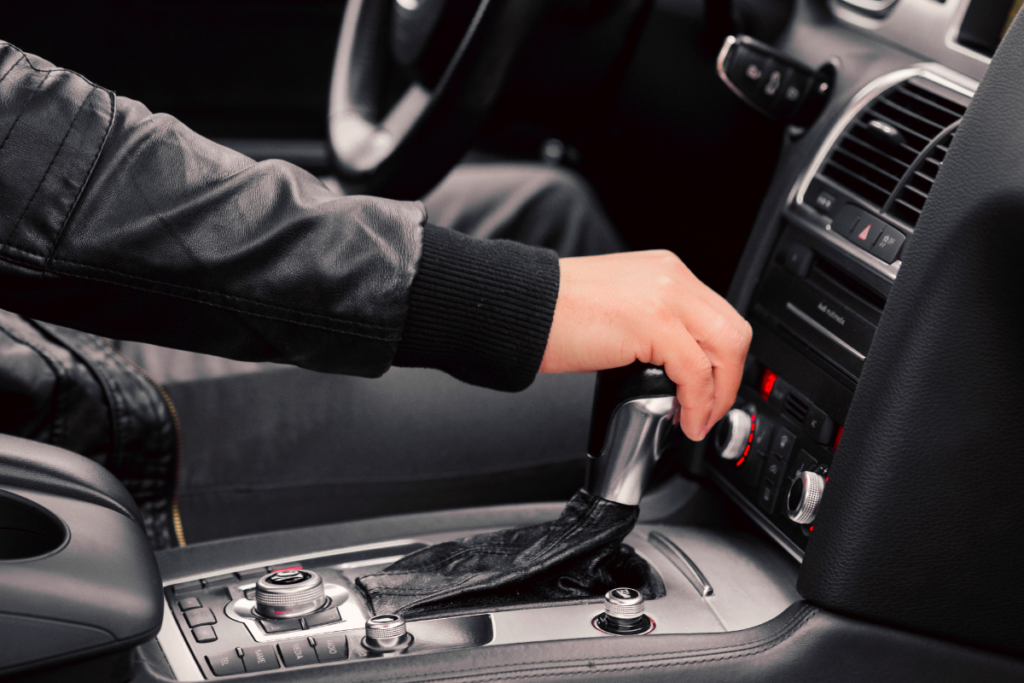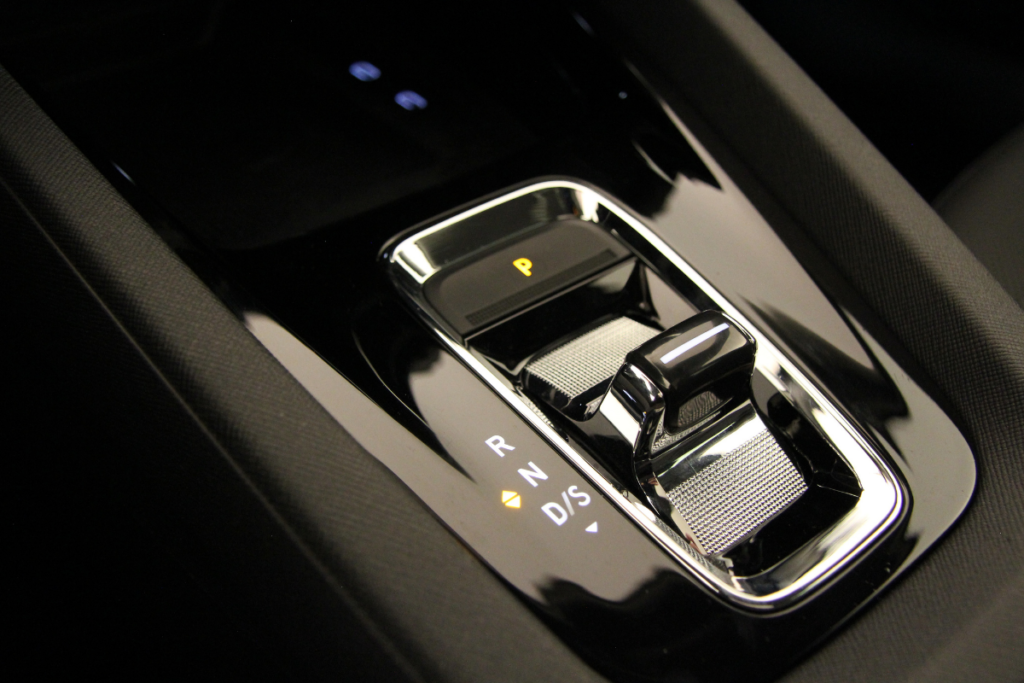We all understand the critical role that a gearbox plays in a car, regardless of whether it’s manual or automatic. This component acts as the bridge between the engine's high rotational speeds and the wheels, converting power into motion via the differential. Due to its significance and inherent complexity, ensuring the quality of the gearbox is paramount. This not only extends its lifespan but also prevents potential disruptions to the vehicle's overall performance.
Over time, however, drivers often develop habits that could inadvertently harm this vital component. To help you safeguard your car’s gearbox, we’ve compiled some practical tips that every driver should follow. Remember, maintaining your gearbox is key to keeping your vehicle running smoothly for years to come.
While automatic cars are becoming increasingly popular, manual transmission vehicles remain prevalent, particularly among those who enjoy the tactile experience of shifting gears manually. Unfortunately, improper handling of a manual gearbox can lead to excessive wear and tear, especially on the clutch and gear components. Here are some dos and don’ts to help you care for your manual gearbox effectively.
Best Practices for Manual Gearboxes
Even though automatic cars are gaining traction in the market, many drivers still prefer the control that manual transmissions offer. However, improper use of a manual gearbox can lead to unnecessary wear and tear. Let’s explore some essential guidelines to help you maintain your manual gearbox in top condition.
Avoid Resting Your Hand on the Gear Stick
One of the most common mistakes drivers make is placing their hand on the gear stick while driving. Not only is this dangerous because it limits your ability to steer properly, but it also places undue pressure on the gear linkage. Over time, this can lead to premature wear and damage to the internal components of the gearbox. Always keep both hands on the steering wheel unless you’re actively shifting gears.

Shift to Neutral When Stopped
Many drivers mistakenly leave the car in gear while waiting at a traffic light, even if they're only stopped for a moment. This practice is not only inefficient but also harmful to your clutch and gearbox. Instead, engage neutral and release the clutch when the vehicle is stationary. Doing so reduces unnecessary strain on the transmission system and helps prolong the life of your gearbox.
Avoid Using the Clutch While Accelerating Uphill
Controlling the clutch point can be tricky, especially during steep inclines. Some drivers resort to pressing harder on the accelerator to prevent stalling, which puts extra stress on the clutch and gearbox. Instead, try to find a balance by gently applying pressure to the clutch while easing off the throttle. This approach minimizes wear and ensures smoother gear changes.
Don’t Keep Your Left Foot on the Clutch Pedal
Another common mistake is leaving your left foot lightly resting on the clutch pedal, even when not actively shifting gears. This creates what’s known as "clutch drag," which gradually wears down the clutch plates. Always remove your foot from the pedal entirely when you’re not actively using it.
Downshift Only When Necessary
Many drivers instinctively accelerate when they feel the car losing momentum, but this habit is both wasteful and damaging. Downshifting unnecessarily increases fuel consumption and puts additional strain on the gearbox. Whenever possible, reduce to a lower gear only when necessary to maintain speed. This helps preserve your car's mechanical integrity while improving efficiency.
Start in First Gear
Starting your car in second gear might seem convenient, but it significantly shortens the lifespan of your clutch and gearbox. Always begin in first gear, even if you’re accelerating gently. This simple adjustment can make a big difference in terms of longevity and performance.
Engage First Gear Only After Full Stop
Similarly, avoid shifting directly into first gear while the car is still moving, even at very low speeds. This sudden movement can cause undue stress on the drivetrain and potentially damage the gearbox. Always bring the car to a complete stop before selecting first gear.
For more insights into car maintenance, check out our article on 10 Myths About Cars: Part 1.

Best Practices for Automatic Gearboxes
Unlike manual gearboxes, automatic transmissions handle most of the work themselves, reducing the risk of user error. Nevertheless, there are still some best practices you should follow to keep your automatic gearbox in optimal condition.
Park Properly
When parking, always apply the handbrake first to stabilize the vehicle before shifting into Park (P). This sequence prevents unnecessary wear on the parking pawl mechanism inside the gearbox.
Neutralize the Transmission During Long Stops
While modern automatics allow you to remain in Drive (D) while stationary, it’s better to switch to Neutral (N) during prolonged stops, such as at traffic lights or in slow-moving traffic. This reduces heat buildup within the torque converter and minimizes vibrations felt inside the cabin.
Regularly Replace the Transmission Fluid
Automatic gearboxes rely heavily on specialized fluid to lubricate internal parts and regulate temperature. Over time, this fluid degrades due to exposure to high temperatures and mechanical stress. Regularly replacing the transmission fluid ensures smooth operation and prevents costly repairs down the line.
In conclusion, taking proper care of your car’s gearbox—whether manual or automatic—is crucial for maintaining reliability and extending its lifespan. By following these guidelines, you can ensure that your vehicle remains efficient and trouble-free for years to come.
Rainbow PLA Filament,PLA Rainbow Filament,Dual Color Filament PLA,Silk PLA Filament
Shenzhen Xinzerong Technology Co., Ltd , https://www.xzr3d.com